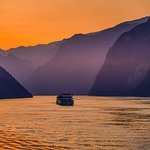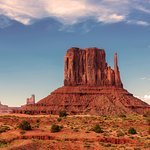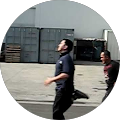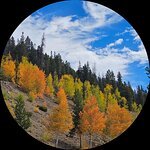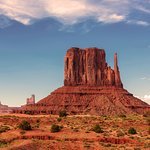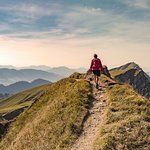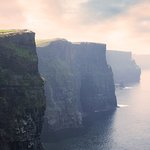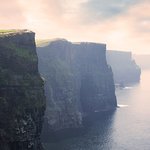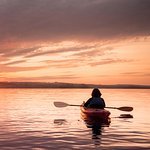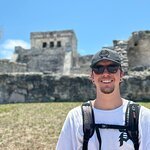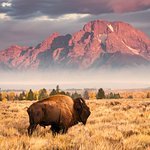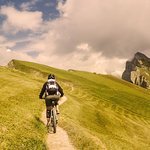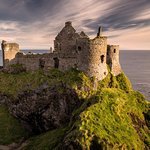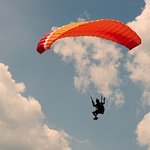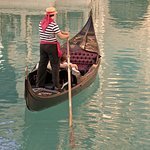Refunds and Cancellations
Mountain Trip recognizes how difficult and disappointing it can be for climbers who must cancel expeditions which they have planned for a long time. Team members must also recognize that, due to the nature of planning expeditions and dealing with governmental permits and regulations, Mountain Trip also accrues significant expenses in the months prior to expedition departure dates. We must therefore adhere to a strict refund policy for all climbers. Trip cancellation and travel insurance is generally available for all expeditions. U.S. and Canadian residents should contact us for more information regarding travel insurance. Our refund and cancellation policy is outlined below.
• All expeditions require a deposit to secure a spot on the team. Your submission of a deposit constitutes your acceptance of this Fee Schedule, Refund and Cancellation Policy.
• All deposits for Alaska Range Ski Camps include a non-refundable $750 administration fee. (We highly recommend you consider Trip Cancellation insurance to protect the administration fee, if not the entire cost of your climb).
• Final payments for expeditions must be received 120 days prior to the Team Meeting Day.
• Failure to pay expedition fees by the date they are due constitutes cancellation of your spot on the team and forfeiture of your deposit.
• Any cancellation 120+ days before your Team Meeting Day will be refunded in full, less the administration fee.
• If you cancel 120-90 days before your Team Meeting Day, you are eligible for a refund of 50% of any monies paid, less the deposit.
• No refunds will be provided for cancellations occurring within the last 89 days prior to an expedition.
• All requests for refunds must be made in writing and received in our Colorado office.
• If you register for a climb within 90 days of the Team Meeting Day, expedition fees will be due in full to secure your spot on the team.
• No refunds will be given for unused hotel bookings due to schedule changes, late arrivals, etc.
• Mountain Trip reserves the right to cancel an expedition prior to the departure date for any reason. In the event that the expedition is cancelled based solely on an internal administrative decision by Mountain Trip (Internal Cancellation), all monies, except for nonrefundable administrative fees, collected by Mountain Trip from team members for the canceled expedition shall be refunded within 30 days. That is the extent of our financial liability for such cancellations. This Internal Cancellation provision shall not apply when external factors that force Mountain Trip to cancel an expedition against its will, including, but not limited to, international political upheaval, terrorism, drought/famine, epidemics/pandemics, and/or cancellations imposed by foreign or domestic governments or permitting agencies (External Cancellation). All External Cancellations shall not be subject to a refund unless such cancellation occurs prior to the deadlines set forth in the Refund and Cancellation policies stated above.
The following applies only if all expedition fees are paid by the date they are due:
If Mountain Trip cancels your expedition due to External Cancellation factors resulting from coronavirus more than 90 days prior to the Team Meeting Day, Mountain Trip will credit 100% of your paid expedition fees toward a future program with Mountain Trip or refund all monies paid except for the non-refundable administrative fee.
If Mountain Trip cancels your expedition due to External Cancellation factors resulting from coronavirus 90 days or less prior to the Team Meeting Day, Mountain Trip will credit 75% of your paid expedition fees toward a future program with Mountain Trip or refund 50% of your expedition fee.
General Agreement Concerning Services to be Provided and Responsibilities of Team Members
When registering for an expedition with Mountain Trip, we want to help make sure you understand the services we are providing and the services for which you are responsible.
Transportation is Incidental
The main purpose of becoming a team member is to join us on an expedition in the mountains. As such, any transportation we provide or that you may contract for on your own is incidental to the trip. We suggest that you make sure you have time built into your itinerary for delays.
Transportation to and from Your Destination
We will designate a specific Team Meeting Day for your expedition. Transportation to the meeting point on your Team Meeting Day is to be provided by you. You must arrive in time to be ready to participate in a team meeting at the appointed time on the Team Meeting Day for your expedition. This probably means you will need to arrive the day before, as our Team Meetings for Alaska trips are held in the morning. Expedition climbing is very dynamic, and we will provide you with a recommendation as to when you should book your flights to and from your destination. We suggest you book a ticket that allows you to change your flight with little effort or cost.
Lodging off the Mountain
Mountain Trip will provide lodging per the Inclusions and Exclusions section of the “What’s Included?” tab. Any additional lodging is your responsibility. Don’t worry about booking a room after your expedition. We generally don’t know how long we’ll be in the mountains, and we can help arrange lodging when we return to “civilization.”
Responsibilities of Team Members
- You are ultimately responsible for your own well-being, including making all necessary preparations to ensure good health and physical conditioning.
- You are responsible for understanding the conditions that may exist on the climb and choosing a climb that is appropriate for your abilities and interests.
- You are responsible for providing Mountain Trip staff and guides with an accurate representation of your fitness level, climbing ability and the condition of your personal equipment.
- You are responsible for having knowledge of all pre-departure information and for assembling the appropriate clothing and equipment for your climb. Climbers joining scheduled expeditions are responsible for carrying his or her portion of group loads, and to contribute to camp construction and the day-to-day team work.
While on the expedition, team members are responsible for maintaining basic levels of hygiene and to conduct themselves respectfully with other team members and members of the local population. If a guide feels that a team member is putting other members’ health or safety at risk, the guide has the discretion to remove a team member from an expedition.
Use our office staff and your lead guide as pre-trip resources to ensure that all your questions are answered. Travel insurance may help recoup expenses if you need to leave an expedition due to an illness.
Airline Responsibility Passenger/Airline contracts are in effect while team members are onboard any aircraft contracted for use in the expedition.
No Guaranteed Outcomes
While it is one of our goals to help every climber on every Mountain Trip expedition reach the summit, Mountain Trip cannot guarantee you will reach the summit. Any number of factors, including weather, conditions encountered on the route, your personal level of fitness or ability, the abilities of your teammate(s) or any number of other circumstances, might result in you and/or your team turning around before reaching the summit. Failure to reach the summit due to any reason associated with mountaineering, such as weather, team dynamics, route conditions, avalanche and rockfall hazard, or due to your lack of fitness or preparation, are not the responsibility of Mountain Trip, and will not result in a refund or a rescheduling of your expedition.












